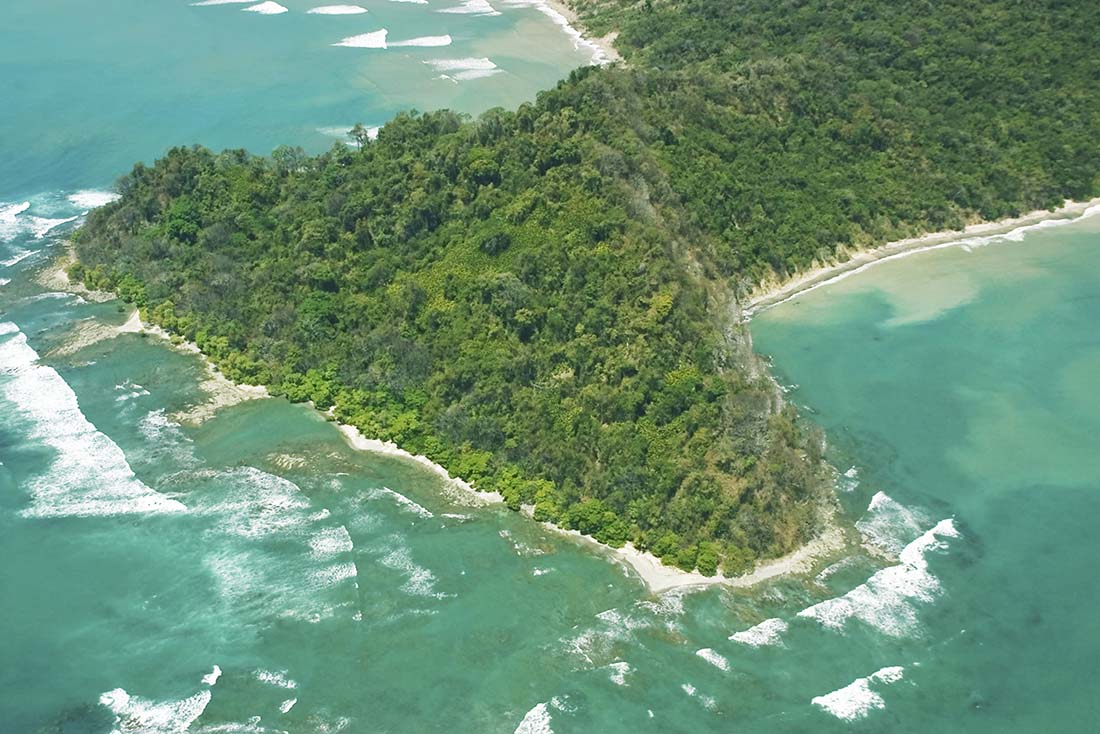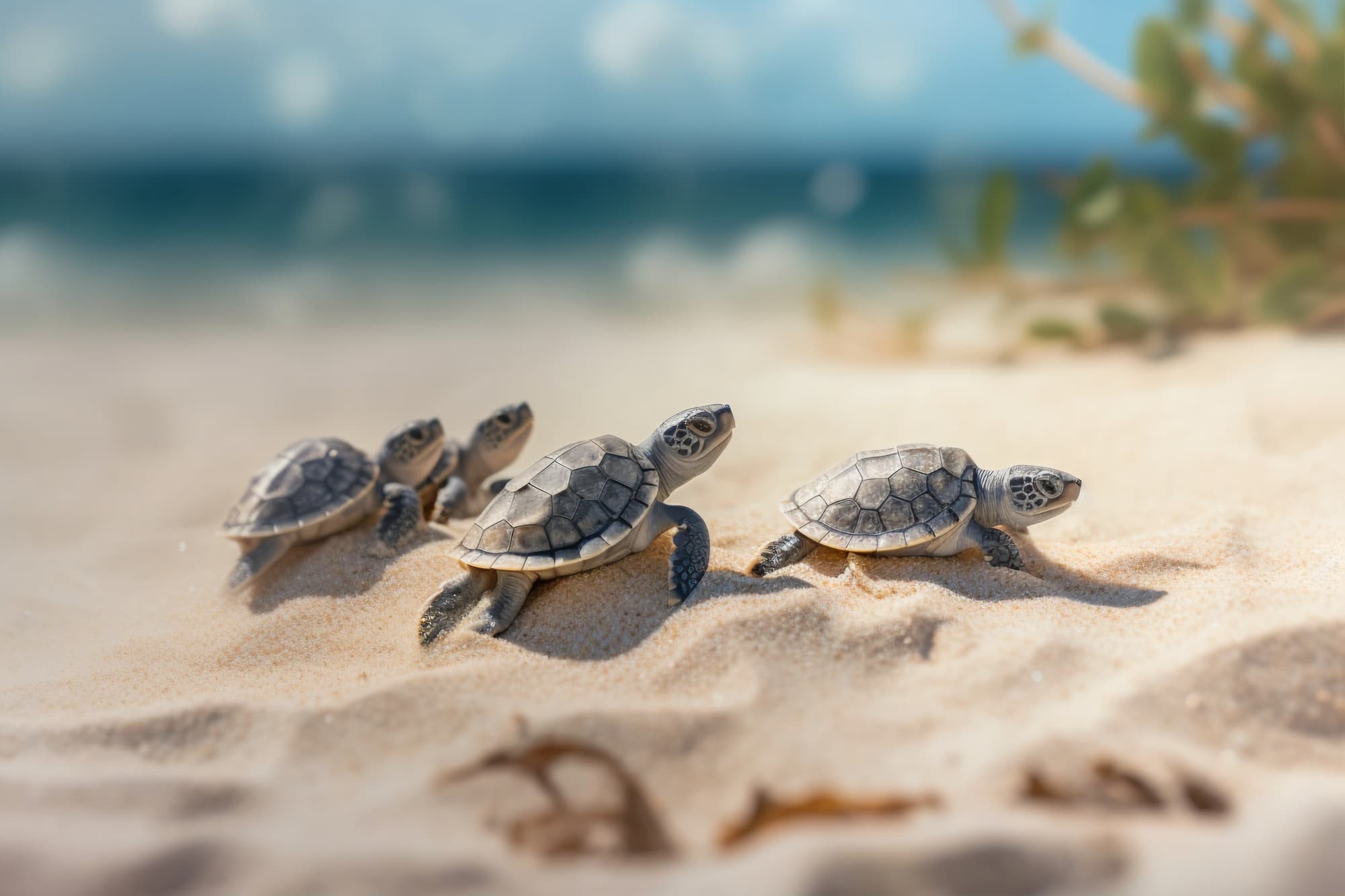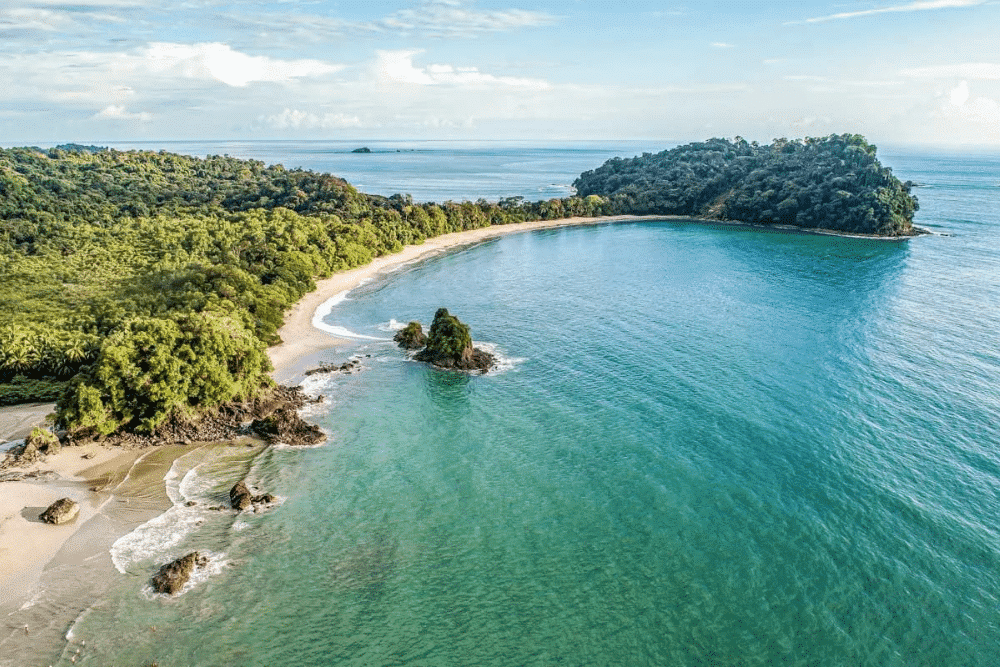[vc_row][vc_column][vc_column_text css=”.vc_custom_1521129793572{margin-bottom: 0px !important;}”]Top tips and tricks to get the best out of your photo ops while on vacation in Costa Rica
Costa Rica is rightly renowned for its lush foliage, colorful wildlife and breathtaking landscape. From Guanacaste to Golfo Dulce on the Pacific Coast, from Tortuguero to Puerto Viejo along the Caribbean and Monteverde to Corcovado, the country’s biodiversity offers a host of photo opportunities.
Whether it’s your first visit or you’re a repeat visitor, taking pictures on your cell phone or your state-of-the-art digital camera is a given. To help you get the best from your pictures, I talked to professional photographer and former Manuel Antonio resident Grace Kathryn. She shares her tips below.
Small Distinctive Hotels of Costa Rica: Thanks for taking the time to talk with us, Grace. What tips do you have for beginners using their smart (or not so smart) phones to snap pictures of their Costa Rican experience?
Grace Kathryn: Well thanks for asking me! If you’re relying on your smart phone or a basic point-and-shoot camera, check to see if it has an HDR feature. High Dynamic Range imaging, an old photography practice recently re-introduced for c iPhone, and some Android devices, helps with landscape shots by keeping detail in bright highlight areas and in dark shadows.
Some phones allow for special lens attachments, such as a macro for close-ups or a telephoto for distance shots.
SDHCR: What about hobbyists and pros using DSLRs?
GK: Hobbyists and pros will want to use a wide or zoom lens (24-70mm) for most landscape work. Using a higher aperture (f/5.6 – f/11) will also help ensure everything in your shot is in focus.
In daytime, especially with bright sunlight, use a low ISO setting (100 – 400). At sunset, you’ll want faster film speeds (ISO 800 – 1600).
An ND filter will limit the amount of light entering the lens and allow for longer exposures—be sure to use a tripod—for really awesome long-exposure shots of waterfalls, rivers or the ocean. Landforms and vegetation will remain in focus, but the water will be blurred and moving.
Capturing that shot of a fast-moving animal is matter of the right equipment, patience, and a bit of luck. Most of Costa Rica’s wildlife hides in the canopy or otherwise keep its distance. I recommend staying still in one spot and just observing to see what else moves around you.
A long lens (70 – 200 mm) is essential for catching standoffish wildlife in the distance, while a macro lens is perfect for those shots of plants, insects and other, smaller things of interest.
A fast shutter speed (I recommend 1/250th of a second or faster) for stop-action shots of fast-moving birds and animals (monkeys and hummingbirds). Shoot shutter-speed priority mode or, on manual, increase the ISO and/or decrease the aperture to allow for a faster shutter speed.
SDHCR: What else do you recommend?
GK: For serious photographers who want to be sure that they captured their shot, pack a tripod. Rain protection and desiccant packs for your gear are essential in Costa Rica’s tropical climate.
DH: Well thanks again for taking the time to share your experience with us.
GK: And, again, thanks so much for asking! I’ve been blessed to photograph this beautiful country; I’m happy to share. Best wishes to all my fellow- photogs out there!
If you need help deciding where to go and what to see, be sure to ask the staff at your hotel or even your booking agent here at Distinctive Hotels of Costa Rica. They can recommend local tour operators, attractions and activities, as well as knowledgeable local guides. With local knowledge, you can focus on taking in the sights and capturing the memories.[/vc_column_text][/vc_column][/vc_row][vc_row][vc_column][mk_padding_divider][/vc_column][/vc_row][vc_row fullwidth=”true” fullwidth_content=”false” css=”.vc_custom_1520619632050{background-color: #0e2960 !important;}”][vc_column][vc_wp_text][static_block_content id=”1426″][/vc_wp_text][/vc_column][/vc_row]











